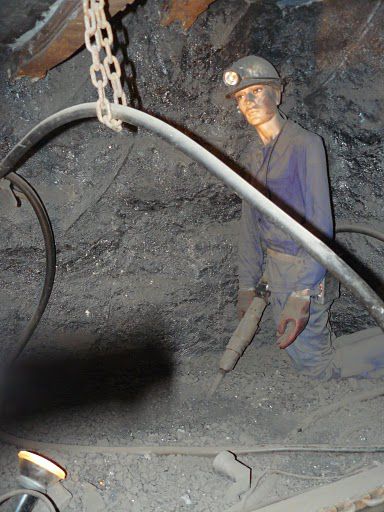-
 Ares I
Ares I
-
 Lawson's cypress
Lawson's cypress
-
 M20
M20
-
 Dark matter
Dark matter
-
 Oesophageal manometry
Oesophageal manometry
-
 Stall angle
Stall angle
-
 Choline
Choline
-
 Depleted uranium
Depleted uranium
-
 Solar panel
Solar panel
-
 Calibration
Calibration
-
 Planetocentric coordinates
Planetocentric coordinates
-
 Barium
Barium
-
 Kelvin's postulate
Kelvin's postulate
-
 Progressive Scan
Progressive Scan
-
 Saccharose
Saccharose
-
 Hamiltonian
Hamiltonian
-
 Otherness
Otherness
-
 Muon
Muon
-
 Golden number
Golden number
-
 Oven
Oven
-
 Progestogen
Progestogen
-
 Arthritis
Arthritis
-
 Aral sea
Aral sea
-
 Monoethanolamine
Monoethanolamine
-
 DAC
DAC
-
 CGB
CGB
-
 Bullet cluster
Bullet cluster
-
 ICANN
ICANN
-
 Electronic configuration
Electronic configuration
-
 Eusocial
Eusocial
Silicosis
Silicosis is a lung disease (pneumopathy) caused by inhaling dust, specifically silica dust (SiO2). It is therefore a pneumoconiosis.
This occupational disease is particularly known as miner's disease as it affects workers continuously exposed to silicone dust and charcoal produced by activities in mines.
Silicosis presents after exposure for 10 to 30 years and causes progressive, irreversible deterioration of respiratory capacity as a result of chronic inflammation and growth of scar tissue (pulmonary fibrosis).
Mechanism of silicosis
At a cellular level, the silica dust is absorbed by pulmonary mucosal phagocytes. The mineral particles in these cells tear the lysosomes, releasing their enzymes into the cytosol, killing the cell.
The dead hyalinised cell bodies (which become glassy in appearance due to the accumulation of silica), and a large amount of dust then destroy the pulmonary vessels, causing chronic inflammation.
This scar tissue, which reduces the elasticity and effectiveness of the lungs, leads to pulmonary fibrosis that then progresses to oversecretion of mucus (bronchitis) and destruction of the alveoli and peri-alveolar structures (emphysema).
There is no known effective treatment, hence the importance of prevention.
 Workers are exposed to fine silica dust in mines, quarries and glass-making factories. Unless adequately protected, these dusts cause a lung disease, silicosis. © cbing73 CC by-nc-nd 3.0
Workers are exposed to fine silica dust in mines, quarries and glass-making factories. Unless adequately protected, these dusts cause a lung disease, silicosis. © cbing73 CC by-nc-nd 3.0
Latest
Fill out my online form.



